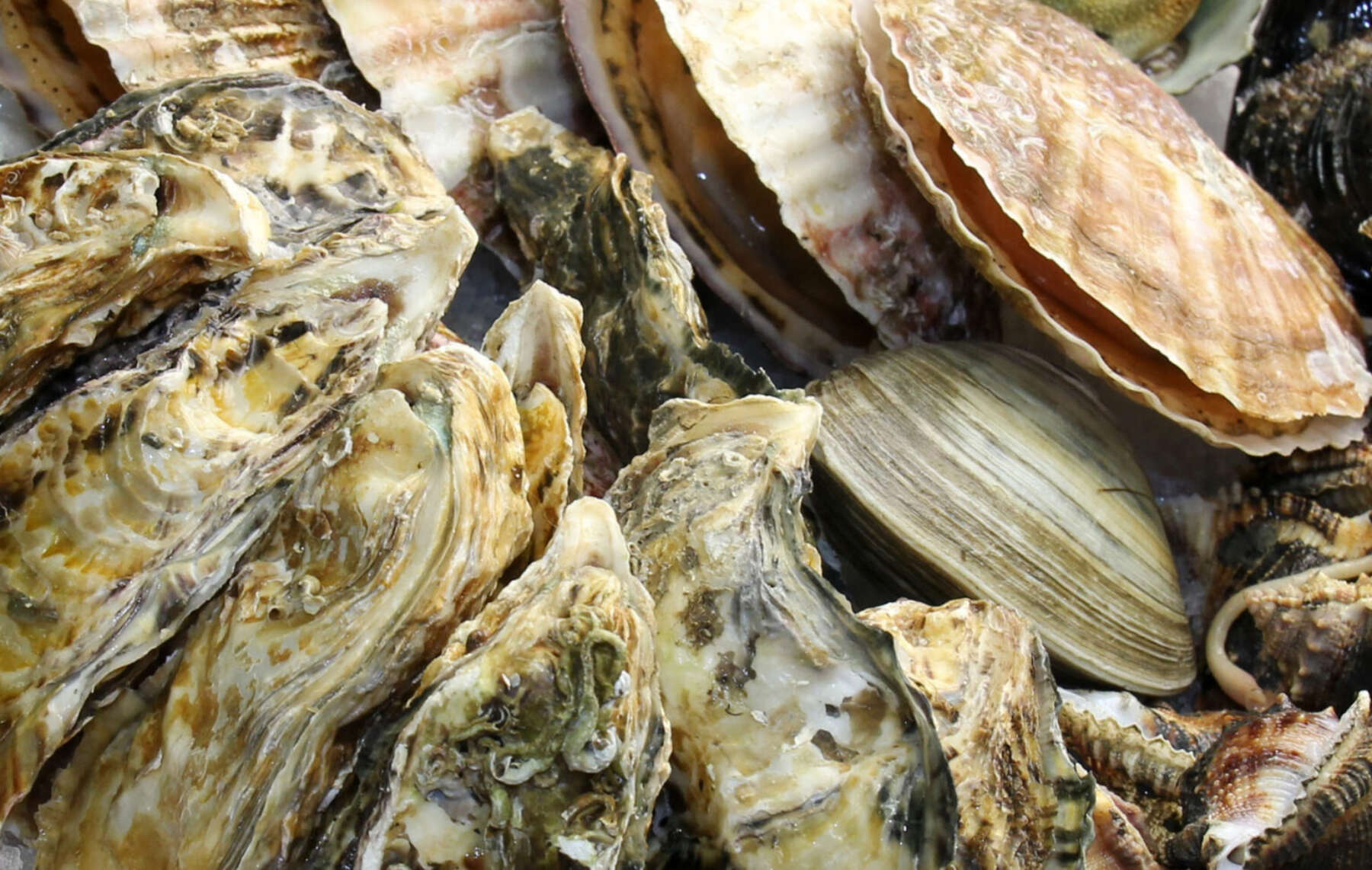
Introduction to Shellfish by Consultant Chef Siobhán Devereux Doyle
Siobhán takes us through some need to know information that will help us to choose shellfish wisely, prepare it safely and enjoy it thoroughly!
Shellfish Types
There is a significant difference between fish and shellfish, however both varieties are extremely healthy, nutritious and delicious.
I have to admit that shellfish is one of my favourite foods, especially prawns. So easy to cook and simple too, pan fried in butter with garlic and a splash of lemon juice and served up with rice or noodles, a fast and tasty meal. Yum!
Just like fish, shellfish also has two classifications Crustaceans and Molluscs.
The main difference is that crustaceans have an external skeleton or shell and a number of jointed limbs. Members of this family include Crab, Crawfish, Crayfish, Lobster, Prawns and Shrimp.
Molluscs in the main, are soft-bodied shellfish contained in a single or double shell, these include Clams, Cockles, Mussels, Oysters and Scallops.
Enjoy with Care
Unfortunately shellfish has a certain fear factor about it, and rightly so. Did you know that the book of Leviticus in the Old Testament of the Bible forbade the consumption of shellfish? Shellfish was regarded as ‘unclean’ because they are bottom feeders and consume parasites including the dead skin of other dead fish. This means they can contain harmful organisms and even pesticides. I’m not trying to put you off shellfish, but to highlight that it is essential to buy from a reliable source, because if it’s not cleaned and stored properly it can be very dangerous.
Here are some of the main things to look out for when buying the most commonly used shellfish.
- Firstly they all should smell fresh like the ocean.
- The shells of oysters, cockles, mussels and clams, should be closed, or close when tapped or squeezed together.
- Broken shellfish and those that don’t close, should be discarded.
When preparing prawns, which are now more commonly sold already cooked or frozen, the most important thing is that the vein is removed. This is in fact a little black line or dark intestinal tract that goes around the back of the prawn. Just gently slit over the line with a sharp knife and wash it under running water - if consumed this can be harmful.
Did you know that crab meat can be purchased pasteurised? Similar to the heating and cooling process for milk, pasteurisation only eliminates the bacteria without changing most of the attributes such as the colour, flavour and texture of the crabmeat.
When you are buying scallops, you will want to look for firm and dry ones, with a texture almost like pork chops. Avoid shiny, wet and soft scallops, just like when you’re buying any other fish. Each scallop should weigh 1.5 to 1.75 ounces and should smell of sea water.
All shellfish should be washed well in cold water to remove sand and mud and any barnacles or week should be scraped away. With mussels it is necessary to remove the threads or beard.








